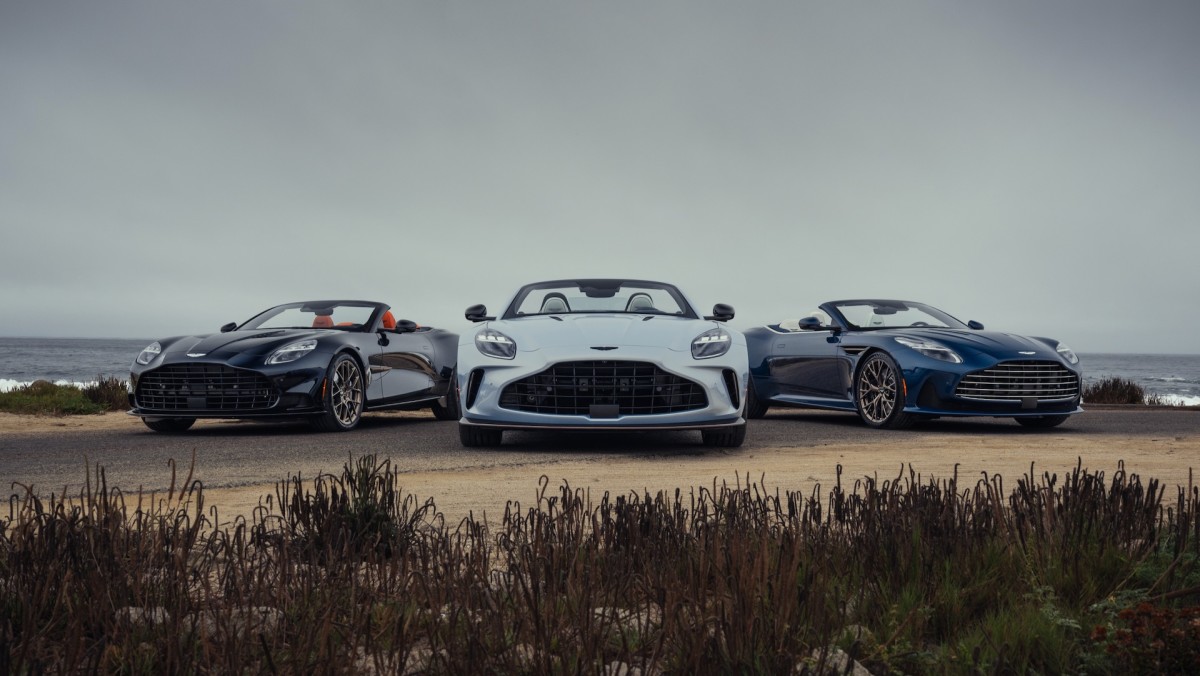 Source: DTN News - - This article compiled by Roger Smith from reliable sources By Siva Govindasamy - Flight Global
Source: DTN News - - This article compiled by Roger Smith from reliable sources By Siva Govindasamy - Flight Global
The navy issued the request for information in May 2010 and the company responded in the summer of the same year, says Tom Trudell, Northrop's manager for international business development in the AEW and BMC2 programmes.
"The E-2D is the only AEW&C platform in existence that can perform carrier-based operations. We are waiting for the navy to decide in its airborne early warning requirements and its long-term plans for carrier aviation. But we come here three or four times a year and brief the navy on our capabilities and how they fit their requirements," adds Trudell.
Under the RFI, the aircraft must be able to carry out airborne surveillance, detect and track both airborne and surface contacts, control air interceptions and air strikes. It should be capable of providing an integrated air and surface picture of the area under surveillance in adverse weather conditions and in dense electronic environment. Finally, it should be capable of being used as a command and control platform.
Secondary requirements include being able to undertake maritime patrol and limited search and rescue missions. The aircraft must be capable of operating in the tropical conditions prevailing in the Indian Ocean region, according to the RFI.
While the first Vikrant class aircraft carrier that India is indigenously designing and manufacturing will feature a ski-jump, the second aircraft carrier is likely to feature a catapult take-off system. The E-2D would be able to operate on the latter if the navy goes ahead and purchases the system.
The navy currently uses the Kamov KA-31 Helix helicopters for its airborne early warning missions, but it wants aircraft with a longer range and endurance as it acquires a deep sea capability.
 DTN NEWS ON TWITTER (30 SUBJECTS)
DTN NEWS ON TWITTER (30 SUBJECTS)


















No comments:
Post a Comment